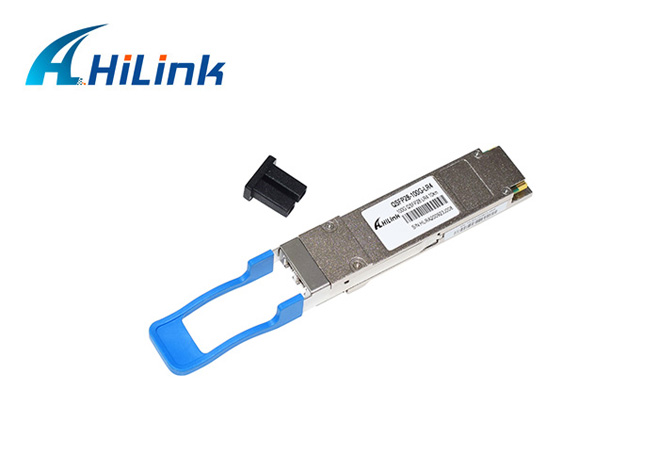100G Optical Module Laser Chip and Silicon Optical Technology
Mar. 02, 2021
At present, 100G network architecture has become the mainstream architecture of data centres, and has driven the prosperity of the 100G optical module industry. In the long run, there is still a demand for continuous upgrading of data centres, and the industry generally believes that 400G network architecture will be the direction of evolution of 100G networks, and will drive the market demand and technical innovation of 400G optical modules, of which laser technology for optical modules is an important focus.
Optical module core components of the laser chip
Optical modules are packaged with a variety of optical devices, and the laser chip is a key component of the internal components, accounting for 60% of the cost of the optical module, which mainly affects the transmission distance of the optical module. The main types of lasers are VCSEL, FP, DFB, DML, EML. Different types of lasers have different wavelengths, modes of operation and application environments, as shown in the table below.
100G optical module laser chip and silicon optical technology
In the 100G optical module market, the 100G QSFP28 optical module has a large market share, and different QSFP28 optical modules use different lasers as described above.
100G-SR4 QSFP28 packaged optical modules, mainly used for multimode parallel solutions within 100m, which mostly use VCSEL lasers internally. VCSEL lasers have the advantages of small size, high coupling rate, low power consumption, easy integration and low price.

100G-ER4, 100G-LR4 QSFP28 packaged optical modules, mainly used for medium and long-distance single-mode solutions around 10km, which mostly use EML lasers inside, EML lasers have the advantages of large eye diagram margin, small dispersion, large extinction ratio, long-distance, etc.
100G-CWDM4 QSFP28 packaged optical module, mainly used for 2km coarse wavelength division multiplexing scheme, which mostly adopts DML laser inside, the DML laser has the advantages of small size, low power consumption and low cost.
For 100G-PSM4 QSFP28 packaged optical module, there is a new breakthrough in chip technology - Intel's silicon optical hybrid integrated 100G PSM4 optical module for data centre scenarios has long been in mass production, and due to the lower BOM (parts and materials) cost advantage occupies 80% of the market share of PSM4 products, mainly used for 4-channel parallel single-mode solutions below 500m. The PSM4 is mainly used for 4-channel parallel single-mode solutions up to 500m.
Advantages faced by silicon optical technology in the optical module industry
The current technology route for optical integrated commercial products is mainly divided into two camps, InP and Si. Among them, DFB, DML, EML and other lasers are in the InP camp, and although the technology is relatively mature, it is costly, incompatible with CMOS process (integrated circuit process), and its substrate material only doubles every 2.6 years. Si silicon optical devices, on the other hand, use the COMS process to achieve monolithic integration of passive optoelectronic devices and integrated circuits, which can be integrated on a large scale and have the advantage of high density, and their substrate materials can double every 1 year.











